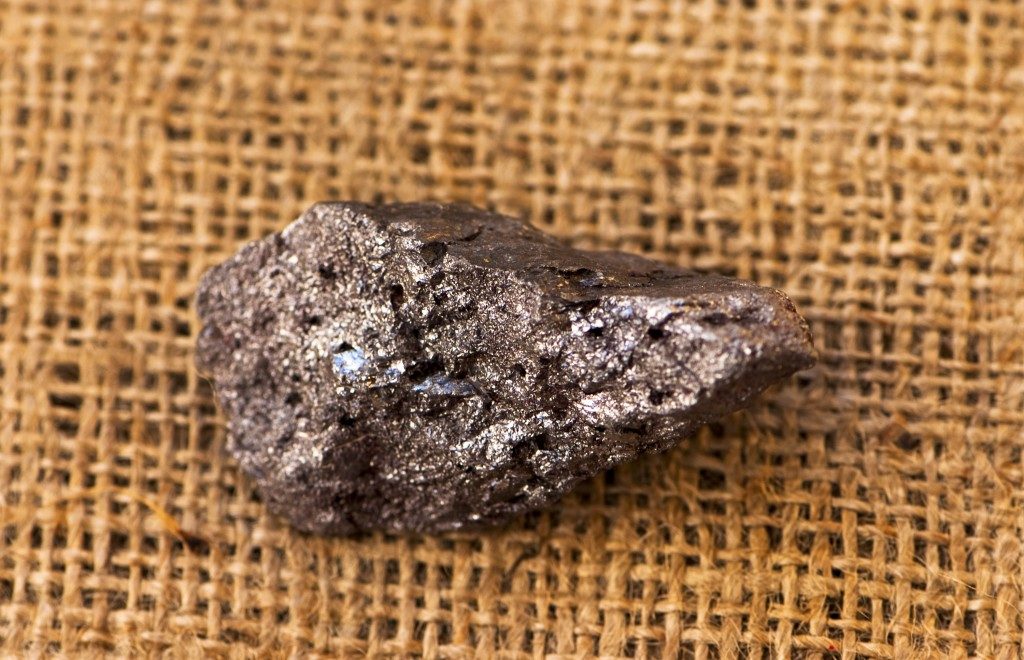Drilling is a tough job. Large equipment has to be constructed to drill through layers of earth. The equipment is expected to be next to indestructible. This is where tungsten carbide comes in. This chemical compound is considered the strongest material in the world. It just makes sense to make drill bits, cashing shoes, and other parts out of this element. If you need something to be tough, then you should choose tungsten as the primary material.
So tungsten now has this “tough guy” reputation. But it can still hang with the others, right? That is the beauty of chemistry—compounds can be created by combining elements. In fact, this metal is often seen in them. On the other hand, it is better to know more about the element itself before delving into that.
What is tungsten?
On the periodic table, tungsten has the symbol W. This stands for wolfram, a word with Germanic origins. That said, tungsten as a word has Swedish origins. Fausto and Juan Elhuyar, brothers who were both chemists, discovered this rare metal. It is decidedly European.
Tungsten has a melting point of 3422 °C. This is important to note because this element is already being utilized for its effective heat transfer. The incandescent bulb has in it a filament made out of tungsten. As electricity flows through, it heats up until it emanates light. This metal is also the main ingredient in manufacturing welding rods. If anything can handle what is basically melting metal, that is tungsten. Its heat resistance has no match.
Now you know what kind of element tungsten is. Tungsten’s toughness seems to be its main draw, and this comes in different forms when combined with other elements. It is time to look at some of the compounds involving this rare metal.

- Tungsten disulfide. This compound primarily functions as a dry lubricant. It is very effective in reducing friction and is able to withstand high temperatures. This is perfect for machines with a lot of moving parts such as ball bearings or pistons.
- Tungsten diselenide. There are promising developments with the use of tungsten diselenide in harnessing solar energy. This compound is said to help produce thinner solar cells—so thin, in fact, that it can let light pass through. This gives it the potential to stack panels on top of each other, thereby increasing power capacity exponentially. If this proves to be a success, there will be many potential applications for it.
- Tungsten trioxide. This compound has a high melting point of 1472 °C. It is versatile enough that it can be applied to fabrics. This can make clothing resistant to fire.
- Lithium metatungstate. Also known as LMT, it is a heavy liquid used often in mineral separation, which is an important stage in mineral processing.
These are just some tungsten compounds that serve their purpose. But there are many more. They are being used in different fields and industries—semiconductors, medicine, radiology, and others. Tungsten has proved itself to be a versatile element.
